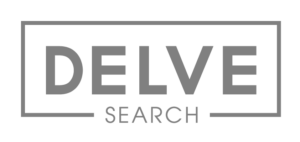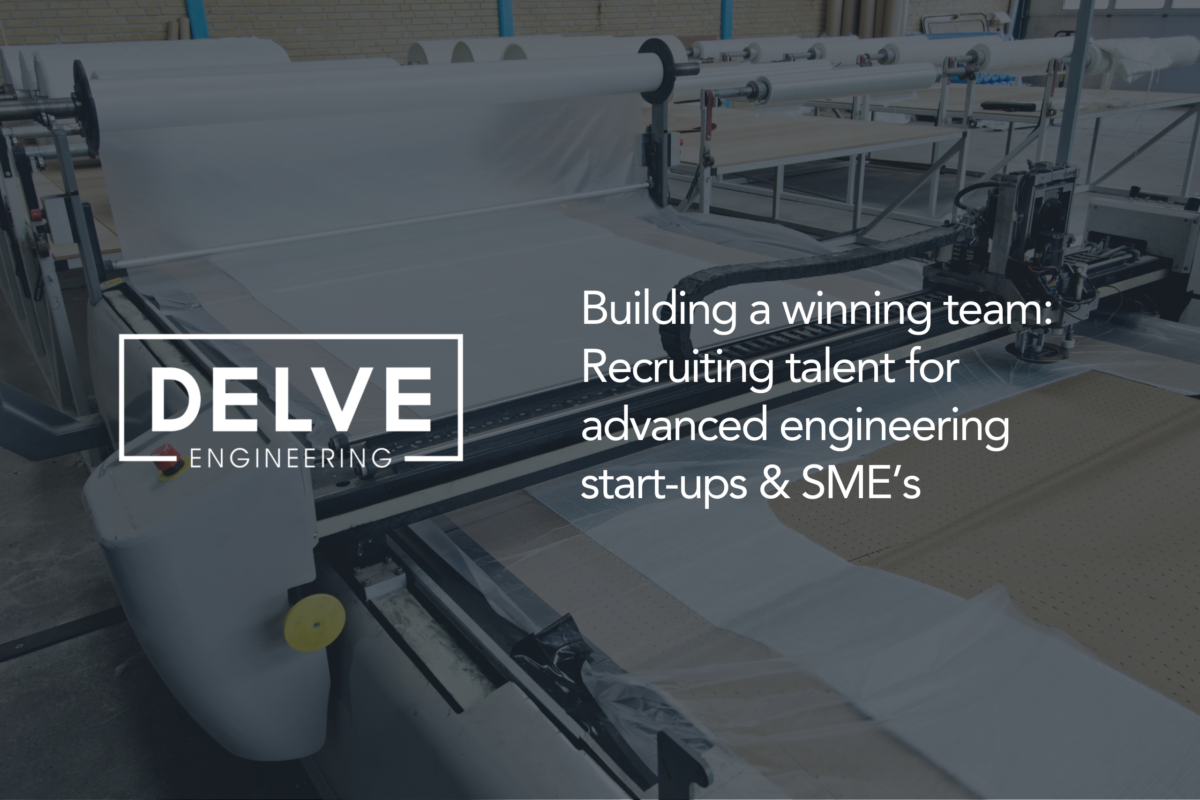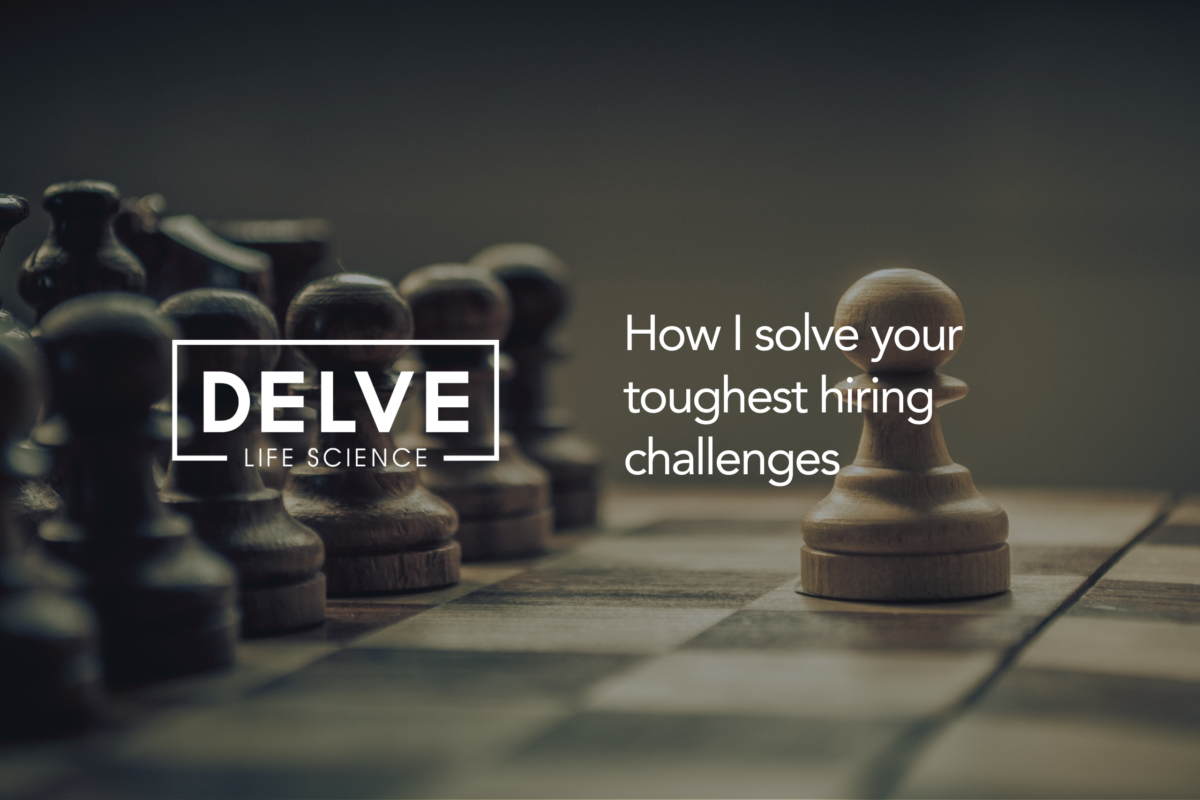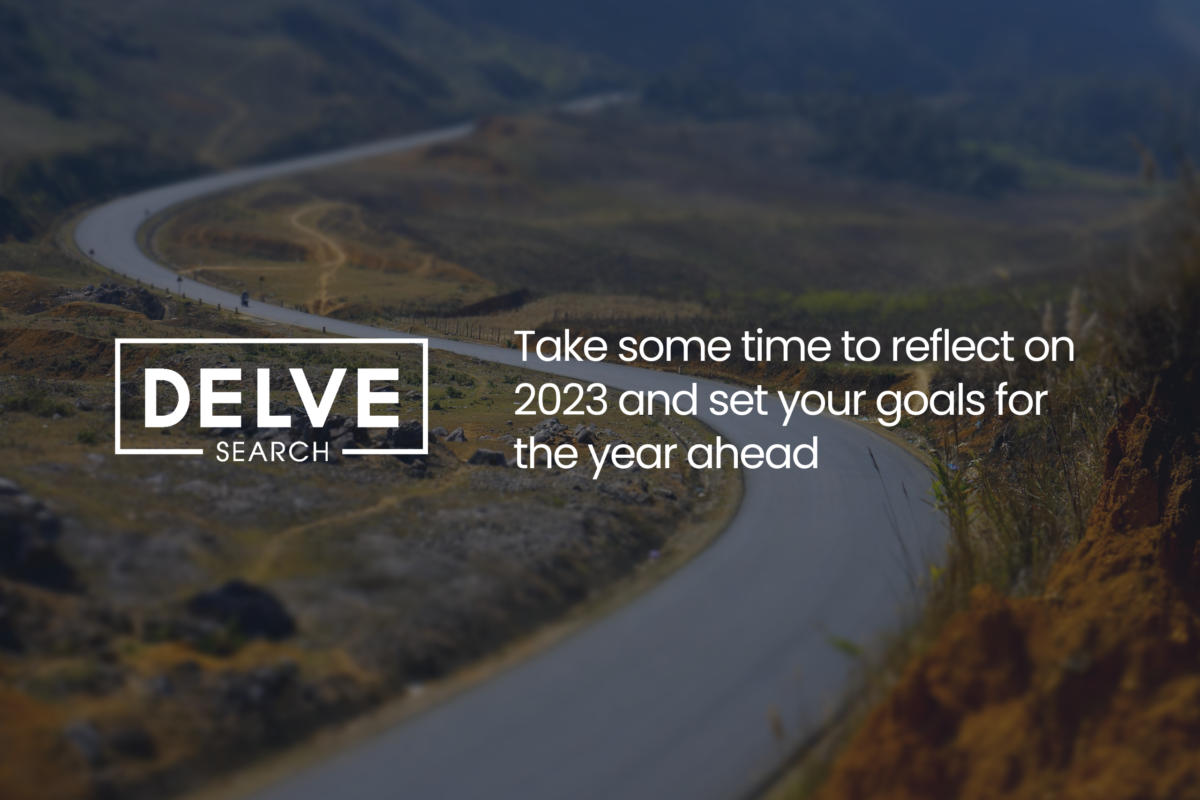
Navigating the skills shortage in the European semiconductor industry: Harnessing the power of headhunters for sustainable growth
In today’s tech-driven world, semiconductors play a pivotal role in powering our everyday devices. Europe is steadfastly working to fortify its position in this critical industry through the ambitious European Chips Act. This legislative effort aims to bolster the semiconductor supply chain and enhance Europe’s global competitiveness. However, as Europe charts an ambitious course and commits significant resources, a fundamental question arises: Does the continent possess the requisite skilled workforce to propel its semiconductor industry to new heights?
The European semiconductor industry
Europe’s semiconductor sector has set its sights on doubling its market share from less than 10% to 20% by 2030, a goal that demands robust efforts given the capital-intensive nature of the industry. The European Chips Act, channeling over $45 billion in public and private funding, allocates $11.7 billion for innovation hubs, pilot production lines, and advanced research and development. Moreover, the Act seeks to attract substantial investments from major industry players, streamlining permitting processes for new European fabs and allowing EU member states to subsidise projects.
Major industry players such as TMSC and Intel are already heavily investing in new chip facilities in Germany, and 14 EU countries are collaboratively committing over €8 billion to chip research and infrastructure.
Talent competition
The success of the semiconductor industry hinges on the recruitment and retention of specialised professionals, from engineers and technicians to roles in senior management and commercial positions. Fierce competition for skilled individuals necessitates substantial investments and a strategic approach to address the current talent shortage while proactively planning for future needs through education initiatives. Furthermore, shifts in immigration policies are underway to attract qualified individuals from distant regions.
Strategic role of headhunters
In this intricate talent landscape, the expertise of specialised headhunters becomes indispensable. They play a pivotal role in addressing the industry’s challenges in several ways:
Identification of niche talent: Headhunters specialise in identifying and reaching out to highly specialised professionals, ensuring access to a talent pool that aligns with the semiconductor industry’s specific needs.
Global talent acquisition: Leveraging extensive networks, headhunters facilitate the recruitment of skilled professionals globally, overcoming geographical barriers and broadening the talent search.
Building engagement: Beyond pinpointing talent, headhunters excel in engaging candidates effectively with your talent brand. They ensure that top candidates, often too occupied to respond to advertisements, are approached professionally, presenting the job opportunity effectively.
Competitive advantage: Recruiters provide valuable insights into the personality and motivational alignment of potential candidates. By focusing on these areas, they enable clients to gain a competitive edge, skilfully matching motivations and goals with the candidate’s experience for a cohesive fit that goes beyond qualifications.
Negotiation and retention: Headhunters excel in negotiation and can assist in securing top talent by supporting the entire recruitment and onboarding process. Their involvement can extend to retention strategies, ensuring that acquired talent remains with the organisation.
While Europe propels forward in the semiconductor domain with substantial investments and strategic initiatives, addressing the talent competition through the adept use of headhunters is essential for the successful execution of these ambitious plans. As the industry surges ahead, these skilled professionals serve as the linchpin, bridging the gap between vision and realisation in the dynamic landscape of semiconductor innovation.
By David Evans, Business Unit Manager – Semiconductor
Reach out to see how Dave can support you in your search for talent:
LinkedIn: David Evans
Email: [email protected]
Share This Blog
Recent Articles
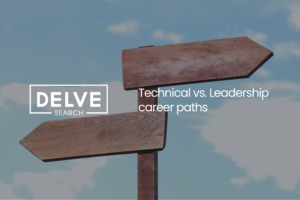
Technical vs. Leadership career paths

The hidden engine of Germany’s innovation: Why the future of engineering relies on a proactive approach

Networking Tips for Semiconductor Professionals in Europe

Key workforce challenges in the Advanced Engineering sector

Breaking into the Semiconductor Industry: Tips for engineering graduates

